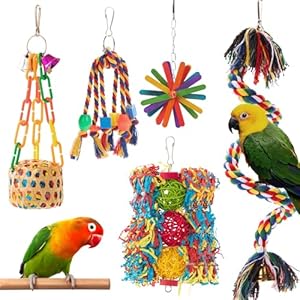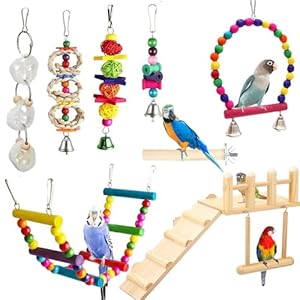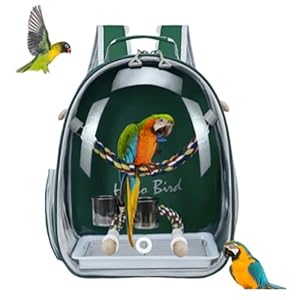
When it comes to helping your pet adjust to new environments or family members, understanding their behavior cues and providing a sense of security is crucial. But what about those subtle signs that may indicate stress or discomfort? Stay tuned to discover a few simple yet effective strategies that can make a world of difference for your furry friend as they navigate through changes in their environment or family dynamics.
Understanding Your Pet’s Behavior
When introducing a new environment to your pet, observe their behavior closely to gauge their comfort level and reactions. Pay attention to signs of stress such as pacing, whining, or hiding. It’s essential to create a safe space where your pet can retreat if they feel overwhelmed. Keep an eye on their body language – a relaxed posture and wagging tail indicate they’re at ease, while flattened ears or raised fur may signal discomfort.
Pets communicate through their actions, so take note of any changes in their eating, sleeping, or playing habits. If your pet seems anxious, provide reassurance through gentle petting or soothing words. Understanding your pet’s behavior will help you tailor your approach to their specific needs.
Remember that each pet is unique, so what works for one may not work for another. Be patient and give your furry friend time to adjust to their new surroundings. By observing their behavior and responding accordingly, you can help them feel secure and comfortable in any situation.
Establishing a Familiar Routine
To help your pet adjust to change, establishing a familiar routine is key. Pets thrive on predictability, so maintaining consistent feeding times, play sessions, and walks can provide a sense of stability during transitions.
Start by setting regular meal times and ensuring your pet has a designated sleeping area. Incorporate interactive playtime or walks into your daily schedule to help your pet burn off excess energy and reduce stress.
Consistency in training and enforcing rules will also help your pet feel secure in their new environment. Make sure to stick to a routine even on weekends or holidays to reinforce the familiarity for your pet.
Additionally, consider keeping familiar toys or blankets around to provide comfort. By establishing a routine, you can help your pet feel more at ease and adjust more smoothly to any changes in their surroundings.
Introducing New Family Members Gradually
Establishing a familiar routine for your pet is beneficial when introducing new family members gradually. This process helps them feel secure and comfortable as they adjust to changes in their environment.
Start by allowing your pet to become familiar with the scent of the new family member. You can do this by exchanging blankets or clothing that carries the scent of the new individual.
Next, introduce the new family member in a neutral space where your pet feels safe. Monitor their interactions closely and provide positive reinforcement for good behavior. Gradually increase the amount of time they spend together, always ensuring that your pet has a retreat area where they can go if they feel overwhelmed.
It’s essential to be patient during this transition period, as every pet adjusts at their own pace. By introducing new family members gradually and with care, you can help create a harmonious environment for both your pet and your family.
Creating Safe Spaces for Your Pet
To ensure your pet feels secure and comfortable during times of change, providing designated safe spaces is essential. These spaces should be quiet, cozy, and away from high-traffic areas. Consider setting up a cozy bed, blankets, toys, and water nearby. If your pet is anxious or overwhelmed, having a safe space to retreat to can help them feel more at ease. Make sure the space is easily accessible to your pet at all times.
When creating a safe space for your pet, take into account their preferences. Some pets may prefer a dark and enclosed space, like a covered crate, while others might feel more secure in a corner of a room with a good view of their surroundings. Pay attention to your pet’s behavior to determine what type of safe space works best for them.
Remember to respect your pet’s safe space and avoid disturbing them when they’re in it. By providing a designated safe space tailored to your pet’s needs, you can help them navigate changes with comfort and security.
Providing Comfort and Reassurance
Help your pet feel at ease by offering them comforting gestures and reassurance during times of change. Pets rely on your emotional support to navigate new situations. Spend quality time with your pet, providing gentle pats, soothing words, and familiar scents. Your physical presence can be a source of great comfort for them. Maintain a consistent routine to help them feel secure and establish a sense of normalcy amidst change.
When introducing new family members, gradually acclimate your pet to the change. Allow them to approach the new individual at their own pace, providing positive reinforcement for good behavior. Reassure your pet with a calm and reassuring tone to alleviate any anxiety they may feel. Be patient and understanding as they adjust to the new dynamics.
Offer familiar toys, blankets, or beds to create a sense of comfort and security. These familiar items can provide a sense of stability during times of transition. By offering comfort and reassurance, you can help your pet feel safe and supported as they adapt to new environments or family members.
Trending Products














